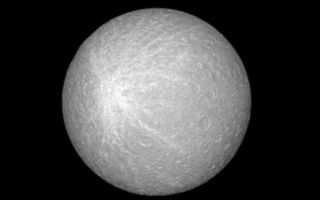
PIA07554: Rhea's Bright Blemish
|
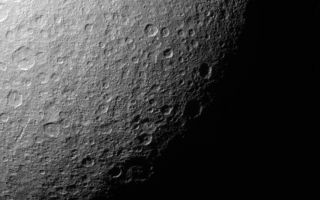
PIA07566: Rhea: Polar View
|
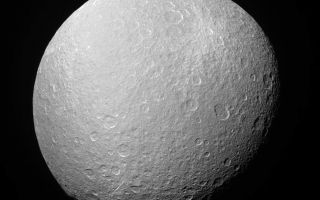
PIA07572: Above Rhea's South Pole
|
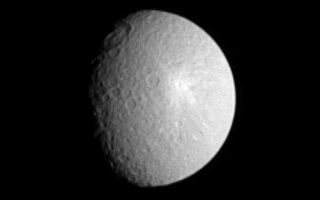
PIA07575: Tirawa at Twilight
|
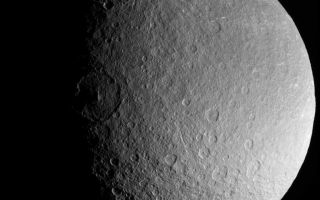
PIA07583: Frame-Filling Rhea
|
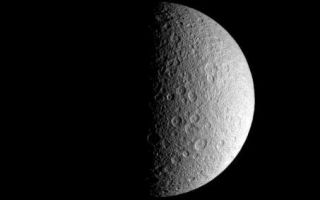
PIA07606: Half-Moon
|
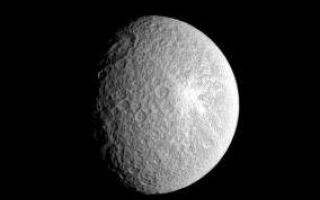
PIA07609: Crater Contrast
|
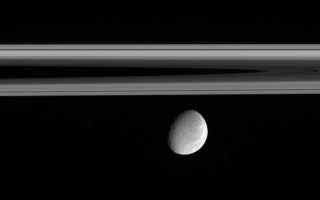
PIA07635: Sleek Rings, Rugged Moon
|

PIA07642: Rhea in Profile
|
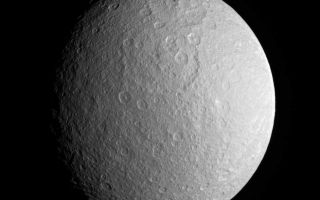
PIA07685: Pulverized Pulchritude (Monochrome)
|

PIA07686: Pulverized Pulchritude (Enhanced Color)
|
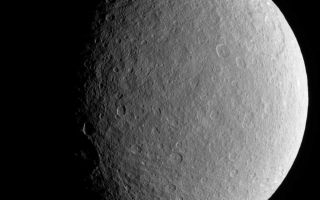
PIA07689: Cratered Iceball
|
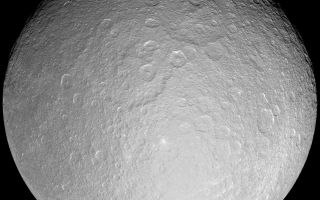
PIA07763: Rhea: Full Moon
|
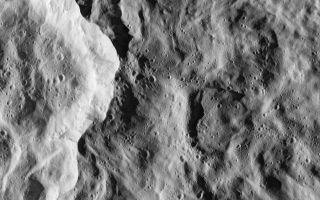
PIA07764: Catch that Crater
|
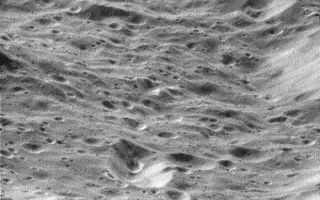
PIA07765: Craters, Craters Everywhere
|
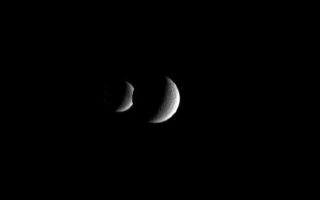
PIA07770: Rhea Eclipses Dione (Animation)
|
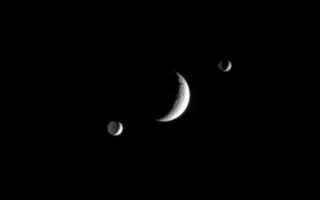
PIA07804: The Silent Spheres
|
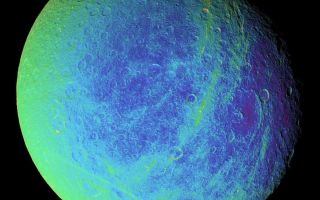
PIA08120: Rhea's Wisps in Color
|
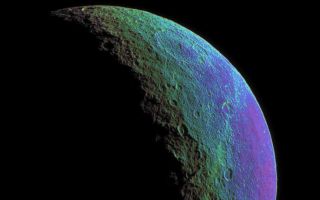
PIA08121: Intense Color on Rhea
|
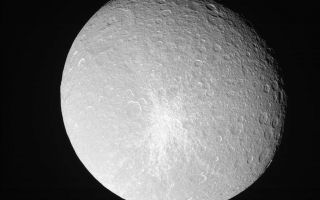
PIA08148: Revisiting the Splat
|
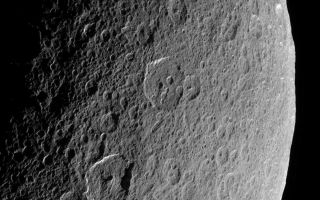
PIA08173: The Record of Rhea
|
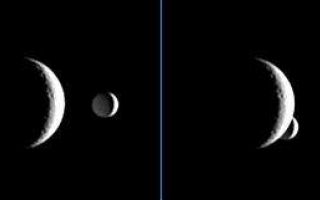
PIA08180: Now You See Me
|
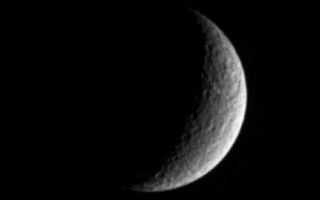
PIA08186: Reminder of Ages Past
|
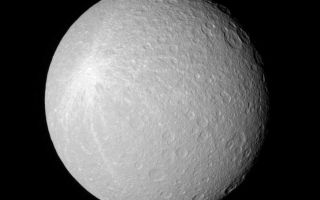
PIA08189: Bright Ice Below
|
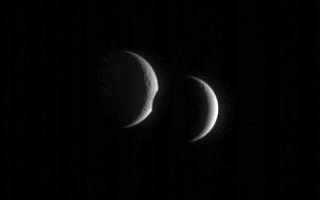
PIA08203: Uncovering Rhea
|
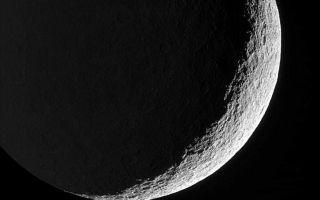
PIA08208: Ragged Crescent
|
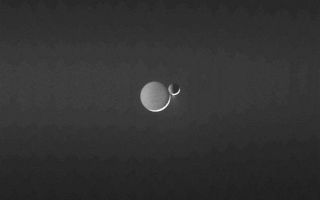
PIA08224: Planetglow
|
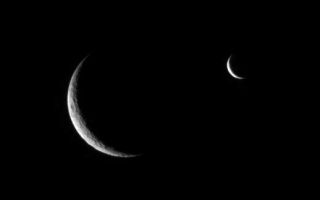
PIA08229: Enceladus Approaches
|
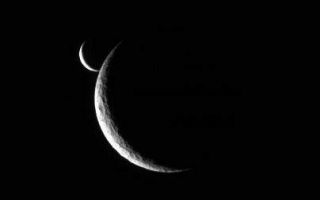
PIA08237: Rhea Releases Enceladus
|
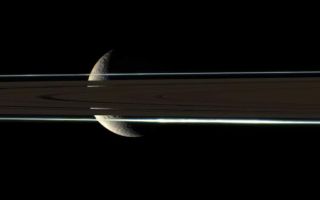
PIA08239: Coy Rhea
|